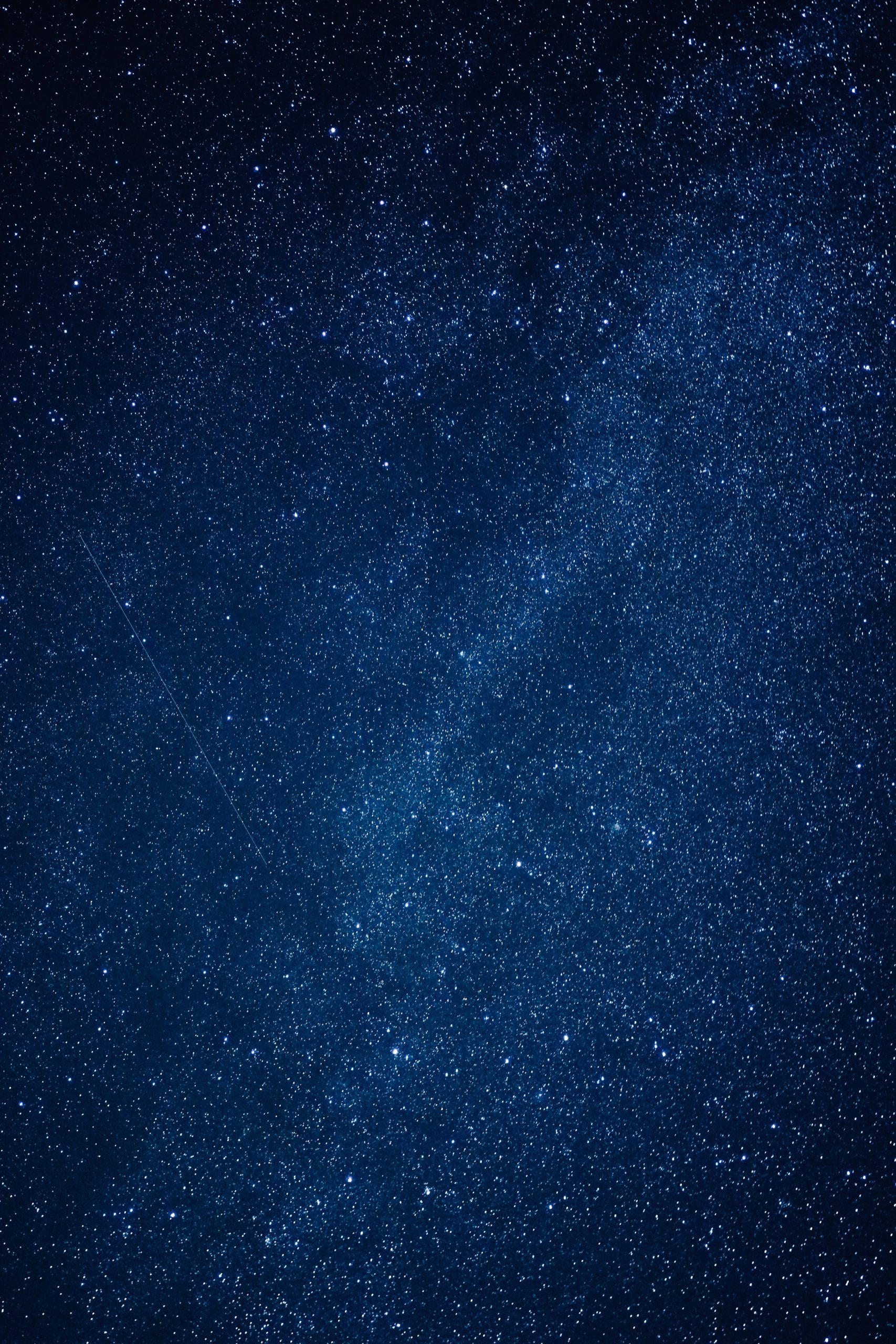Exploring the Waning Gibbous Moon: Appearance, Phases, and Phenomena
Have you ever gazed up at the night sky and marveled at the beauty and mystery of the moon? This celestial object has been an object of fascination for centuries, captivating poets, scientists, and dreamers alike. The moon, like a faithful companion, goes through various phases, each having its own unique appearance and allure.
Introducing the Waning Gibbous Moon
One of the most intriguing phases of the moon is the waning gibbous. This phase is the period between a full moon and a third quarter moon. During this time, the illuminated portion of the moon appears to decrease in size, gradually transforming from a brilliant, full disk to a half-illuminated crescent. Let’s delve deeper into the appearance, phases, and phenomena associated with the waning gibbous moon.
The Appearance of the Waning Gibbous Moon
The waning gibbous moon reveals a captivating sight in the night sky. Its distinctive feature is its shape, which resembles a large curve or a convex segment of a circle. It offers a generous amount of light, brightening the darkness of the night, although not as luminous as a full moon.
Compared to other moon phases, the waning gibbous moon displays a substantial amount of shadow on its left side. This gradual darkening of the eastern side of the moon creates a mesmerizing contrast between light and dark, adding depth and dimension to its appearance.
As the waning gibbous moon progresses towards the third quarter phase, its shadow extends further, consuming a larger portion of the illuminated side. This transformation creates an intriguing visual display, symbolizing the moon’s journey towards the darkness concealed within.
The Phases of the Waning Gibbous Moon
The waning gibbous moon follows the full moon and embodies a unique blend of light and shadow. It represents the gradual decline of lunar illumination, leading up to the third quarter moon when only half of the moon’s surface is visible from Earth.
During the early stages of the waning gibbous phase, the moon’s surface remains relatively bright, shining as a distinct presence in the night sky. As time progresses, the illuminated portion diminishes, revealing the moon’s shadowy side.
As the waning gibbous moon nears the third quarter phase, its illumination reduces further, leaving only a crescent shape visible. This marks the transition into the next phase, signaling a symbolic representation of the moon’s impending transformation.
The waning gibbous moon also serves as a reminder of the cyclical nature of the lunar journey. It inspires introspection and contemplation, calling us to embrace change and find beauty in the ebb and flow of life.
Phenomena Associated with the Waning Gibbous Moon
Besides its exquisite appearance, the waning gibbous moon is also linked to a variety of natural phenomena. For instance, the gravitational pull of the moon’s waning phase has an impact on the ocean tides. The combination of the moon’s gravitational force and the sun’s pull leads to a phenomenon known as neap tides. During this time, the high tides are lower, and the low tides are higher than usual.
Moreover, the waning gibbous moon often illuminates our nights with its soft glow. This gentle radiance can provide the perfect ambiance for nocturnal activities, whether it be stargazing, moonlit walks, or late-night conversations under the moon’s watchful gaze. Its presence in the dark expanse of the universe serves as a constant companion, offering comfort and inspiration.
Observing and Photographing the Waning Gibbous Moon
If you’re captivated by the waning gibbous moon and wish to witness its beauty firsthand, there are a few tips that can enhance your experience. Firstly, find a spot with minimal light pollution to fully appreciate the moon’s intricate details. Away from city lights, the night sky becomes a canvas for stars, with the waning gibbous moon as the centerpiece.
Consider using binoculars or a telescope to observe the waning gibbous moon up close. These instruments magnify the moon’s features, allowing you to discern craters, mountains, and other fascinating lunar features. Observing the intricate details of the moon’s surface can be an awe-inspiring experience, connecting you to the vastness of the cosmic universe.
Additionally, experimenting with astrophotography can help you capture stunning images of the waning gibbous moon. Using a tripod to stabilize your camera and adjusting the exposure settings can yield breathtaking photographs, showcasing the moon’s ethereal beauty.
Conclusion
The waning gibbous moon, with its diminishing illumination and gradual transformation, leaves a lasting impression on those who observe it. Its crescent shape, illuminated by a gentle glow, symbolizes transition and the ever-changing nature of life.
Whether you’re an astronomer, a poet, or simply someone who appreciates the wonders of the universe, the waning gibbous moon invites you to ponder the grand mysteries of existence. Look up at the night sky, and allow yourself to be captivated by its allure.
Table of Contents
